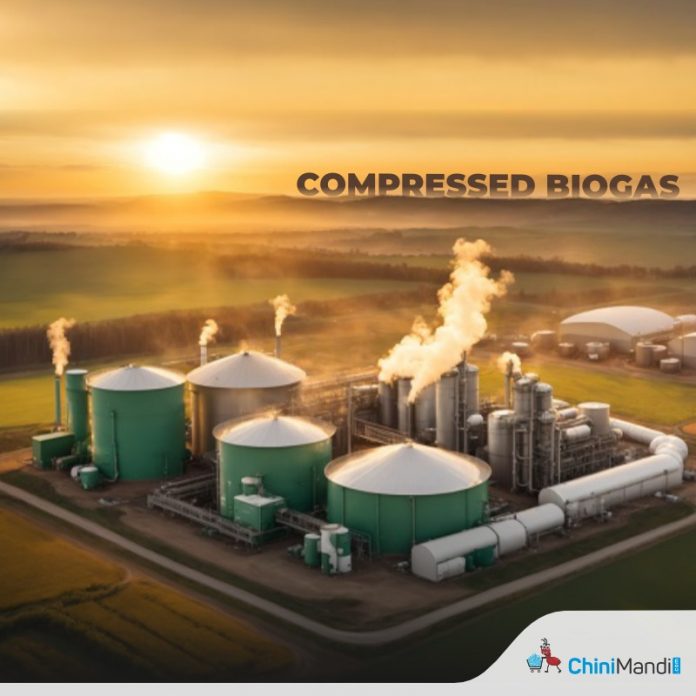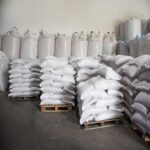In a visionary step towards reducing dependency on imported fuels and fortifying India’s energy security, the Government is giving a lot of push to the widespread adoption of Compressed Bio-Gas (CBG). The Government’s strategic initiatives aim to revolutionise the country’s energy landscape, and make India ‘Atmanirbhar’ in energy production.
India is endowed with a crude oil reserve of 763 Million Metric Tons (MMT) and a natural gas reserve totalling 1,488 Billion Cubic Meters (BCM), which is not enough to cater to its domestic demand requirement. A staggering 77% of India’s crude oil and 50% of its natural gas requirements are currently met through imports. The Government wants this dependence to reduce gradually. The Sustainable Alternative Towards Affordable Transportation (SATAT) initiative launched in October 2018 has envisaged the setting up of 5000 CBG plants for the production of 15 Million Metric Ton (MMT) per annum of CBG by 2023-24.
CBG is a cleaner alternative prepared by purifying biogas from various sources. It is 90% methane. CBG has properties almost similar to Compressed Natural Gas (CNG) and hence a vehicle running on CNG can straightway be filled with CBG without any modification in the vehicle. The Ministry of Road Transport and Highways has permitted the usage of CBG for motor vehicles as an alternative to CNG.
Sugar mills play a significant role in CBG production, as they can utilise the press mud generated from their operations as a feedstock. There is tremendous potential for CBG production potential from the press mud of sugar mills. However, industry experts say that the actualisation of this potential hinges on several factors, including feedstock availability, technology adoption, and market conditions.
Dilip Patil, MD of Karmayogi Ankushrao Tope Samarth S.S. S. K. Ltd, one of the leading sugar mills in Maharashtra that is planning to set up a CBG plant, said that sugar mills face a series of challenges in CBG production, including the high capital cost and long payback period of CBG plants, unreliable supply of press mud, limited land and water availability, low awareness and acceptance of CBG as a fuel, and regulatory hurdles.
The Government has extended some support to augment CBG production, as Patil said, “Recognising the importance of CBG in India’s energy mix, the government has implemented various initiatives to support the sector, particularly for sugar mills. Financial incentives include central financial assistance, market development assistance, and incentives for purchasing biomass aggregation machinery. Policy measures encompass guidelines for blending CBG with natural gas, excise duty exemption on CBG blended with CNG, and phased mandatory blending of CBG in CNG and Piped Natural Gas (PNG) segments. Additionally, CBG projects enjoy priority sector lending, dedicated loan products, and funding facilitation from international institutions.”
The sugar mills are taking initial steps towards CBG production. Recently, Bajaj Hindusthan tied up with EverEnviro in Uttar Pradesh to build CBG plants. It has 14 operational sugar mills, annually generating approximately 500,000 metric tonnes of press mud, which could be harnessed to potentially set up CBG plants with a combined capacity of 70 metric tonnes per day. Media reports suggest that Reliance Industries has announced its plan to set up over 50 compressed biogas (CBG) plants in the next two years.
CBG production in India presents a promising opportunity for sustainable energy development, especially for sugar mills that can leverage existing resources. Despite challenges, Government support through fiscal incentives, policy measures, and financial assistance aims to create a conducive environment for CBG development. However, vigilant monitoring and proactive policy measures are crucial to navigating challenges and ensuring a stable and sustainable CBG industry for the long term.












